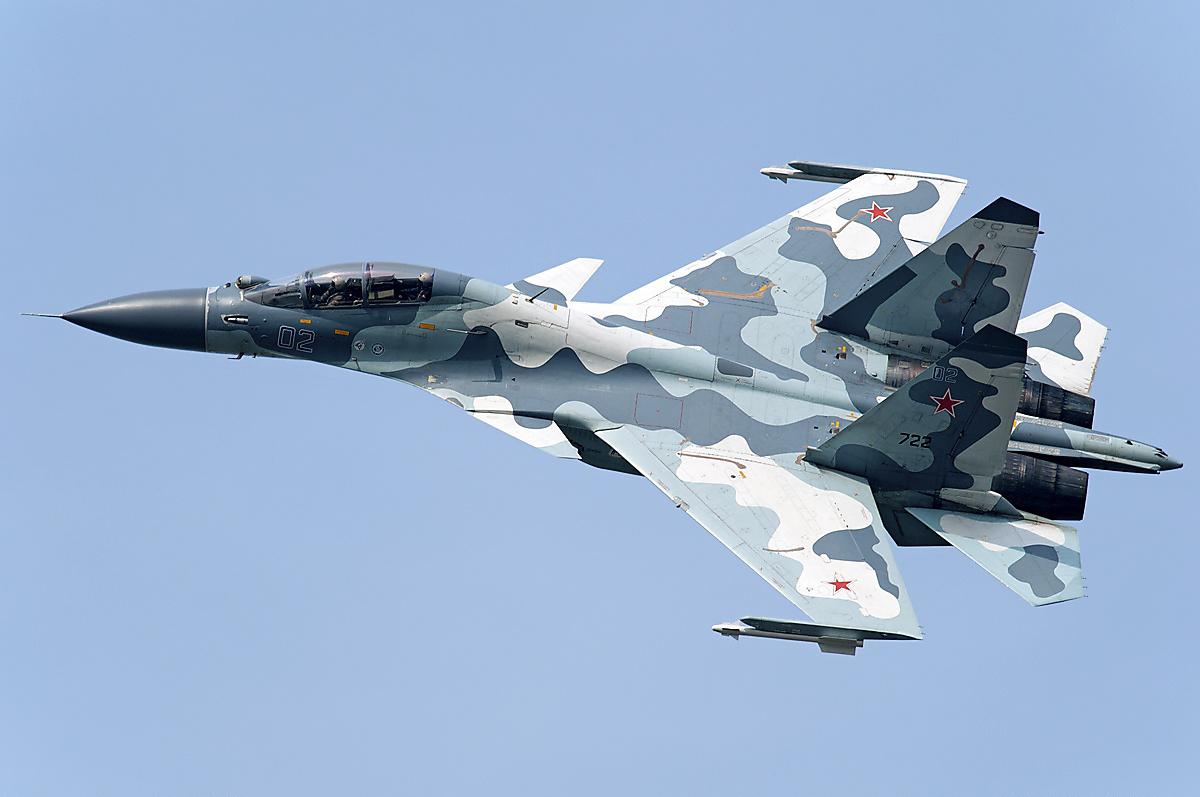Thousands of Russian military advisors, logistics personnel, members of the aerial protection division, pilots, engineers and an unknown number of fighter jets and attack helicopters are going to be deployed in Syria, according to the Israeli website YNET.
The aircraft and the attack helicopters will be deployed to a Syrian Air Force base near Damascus and will be used to bomb ISIS positions within Syrian territory.
Elements of the Russian expedition force have already arrived in Syria and set up camp in an Assad-controlled airbase.
Before the deployment of the first Russian military advisors in Syria, Moscow and Tehran had held discussions about the Russian military intervention in Syria.
According to YNET, the Iranian Quds Force commander, Major General Qasem, visited Moscow for talks regarding the decision of Russia to intervene militarily in the Syrian civil war.
Both countries have decided to keep Assad in power so that Syria could become a regional barrier, and prevent the spread of ISIS and Islamist backed militias into the former Soviet Islamic republics in the Caucasus and Central Asia.
Furthermore Russia is eager to protect the precious naval base of Tartus on the Mediterranean coast of Syria.
The Russian military intervention in Syria has not provoked any reaction from the U.S Administration, since both Russia and the U.S.A want to neutralize ISIS and prevent the regional expansion of the extremist Islamist organization.
Russia has been sending, on a weekly basis, a weapons supply ship to the Russian held port of Tartus in Syria. The ships have been bringing missiles, spare parts, and different types of ammunition for the Syrian army and Air Force.
Although the Syrian Air Force has proven its capabilities and effectiveness four years and five months after the beginning of the civil war, the presence of Russian bombers in Syria could turn the civil war in favor of Assad.
The Syrian Air Force has in its inventory a large number of old aircraft, bought from the Soviet Union in the 1970’s and late 1980’s. Since 2012 the Syrian Air Force suffered considerable losses on the ground from anti-aircraft fire
The extensive use of the remaining available aircraft resulted in a gradual reduction of the capabilities of the Syrian Air Force.
Most of the aircraft of the Syrian Air Force (MiG-21MF/Bis/U/UM, MiG-23MLD/ML/MF/BN/UM, Su-22 M-2/M-3/M-4, L-39ZO/ZA) are already more than 40 years old. Although many of them have been overhauled during previous years in Syria and abroad, extensive use of these aircraft since July 2012 has reduced their usefulness.
With the exception of the upgraded Su-24M2 and MiG-29M/M2 the rest of the aircraft of the Syrian Air Force are nearing the end of their lifetimes and are destined for replacement.
According to YNET, Russia and Syria are discussing an agreement about the use of an additional port on the Syrian coast, which will allow the Russians to accelerate the pace of Syrian rearmament and the transportation of Russian expedition force equipment.
Although the number and type of Russian aircraft that are going to be based in Syria are not known, the newly arrived forces will definitely help Assad to repel and neutralize ISIS in Syria.
Such direct Russian military intervention in Syria clearly shows Moscow’s concern for the preservation of Assad’s rule. It also shows the Kremlin’s determination to protect the Russian held port of Tartus and to secure its naval presence in the Mediterranean.
By 2020 Russia plans to create a formidable fleet in the Black Sea, which will consist of six new Admiral Grigorovich-class (Project 11356Р/М) frigates, six new Bykov-class (Project 22160) patrol ships, at least nine new Buyan-class (Project 21631) small guided missile corvettes, six new Kilo-class (Project 636.3) conventional submarines and two new Ivan Gren-class landing ships.
These vessels will enhance the existing fleet of one Slava-class (Project 1164 Atlant) cruiser, two Krivak-class (Project 1135 Burevestnik) frigates, one Kilo-class (Project 877) submarine, four Rapucha I/II Landing ships, two Dergach-class and two Nanuchka III-class small missile boats and five Tarantul-III/IIIMod/IIMod-class missile boats.
These vessels will not only patrol the Black Sea, but will join the re-established Mediterranean Squadron and will be, according to Minister of Defence, General Sergey Shoygu, the spearhead of Russian interest in the far oceans.
From the end of 2012 Russia has been maintaining a standing naval force of ten warships in the Mediterranean Sea. If the Russian Navy wants to preserve its long-term Mediterranean maritime force, it must first secure the uninterrupted operation of the Tartus Naval Base in Syria. Putin appears to be risking a military intervention in Syria in order to safeguard this precious asset.


